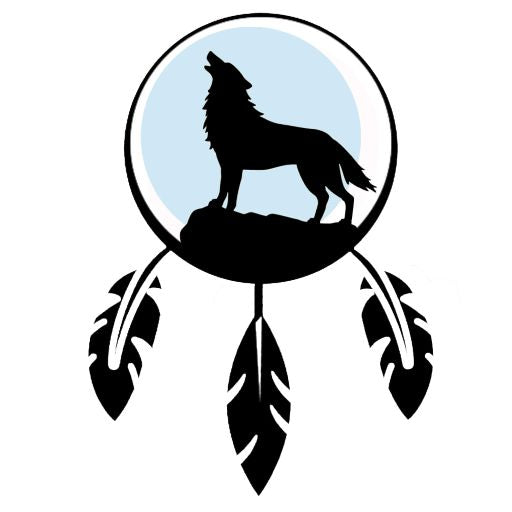The 10 most fascinating mythical creatures from natives traditions

The power of myth in natives cultures
For millennia, natives stories have transmitted the memory, spirituality, and wisdom of each nation. Mythical creatures are not monsters, but living symbols of the balance between the forces of the world: light and shadow, the visible and the invisible, nature and spirit.
Each legendary being has a function: to teach, to warn, to protect, or to remind us of the fragility of the bond that unites humans with Mother Earth.
1. The Wendigo
Originating from the Algonquian peoples, the Wendigo is a terrifying creature associated with winter, hunger, and the downfall of humanity. It symbolizes greed and imbalance. According to tradition, the Wendigo appears when a human being allows the thirst for power or fear to dominate their heart.
2. The Thunderbird
The Thunderbird is a powerful celestial spirit, master of storms and guardian of justice. Its wings conjure thunder, and its eyes emit lightning. It embodies the strength of the heavens and the protection of peoples.
3. The Nanabozho
A central figure in Anishinaabe traditions, Nanabozho is a being who is both wise and mischievous. He often plays tricks on humans and spirits, but his actions always teach a lesson about wisdom and compassion.
4. The Sasquatch
Also known as Bigfoot, Sasquatch originates from West Coast legends. It is said to be a discreet and mysterious guardian of the forests, a symbol of the boundary between the natural world and that of humans.
5. The Qalupalik
In Inuit traditions, the Qalupalik is a green-skinned sea creature that lures overly curious children to the sea. It represents vigilance and the importance of respecting natural forces.
6. The Raven
Among several Northwest nations, the Raven is a creator, a light-bearer, and a messenger between worlds. It embodies transformation, knowledge, and the ability to be reborn after hardship.
7. The Spirit of the Wind
The Wind Spirit, or Great Wind, blows to remind us that everything changes. In many traditions, it guides hunters, brings the seasons, and purifies places of worship. It symbolizes freedom and communication between worlds.
8. The Pukwudgie
Present in Wampanoag traditions, the Pukwudgie is a small, cunning, and unpredictable forest being. Sometimes benevolent, sometimes dangerous, it teaches that all power must be used with balance and humility.
9. The spirit of water
Water Spirits are often depicted as serpents or undulating beings. They are associated with sacred lakes and rivers. These spirits evoke the power of water: a source of life, but also of transformation.
10. The Animal Trickster
In various forms—the coyote, the hare, the fox—the Trickster is a being of creative chaos. He breaks the rules to reveal hidden truths. His humor and his mistakes teach flexibility and humility in the face of life.
A world of balance and respect
These mythical creatures are not mere legends. They embody the invisible forces that govern nature, and remind us that every human action has a spiritual repercussion.
Through them, indigenous peoples share a worldview based on respect, gratitude, and responsibility.
Sources and references
- Algonquian and Anishinaabe oral traditions
- Inuit myths passed down in the Nunavik region
- Teachings of the First Peoples of the Northwest Coast
- Indigenous History and Symbolism, Canadian Museum of History
